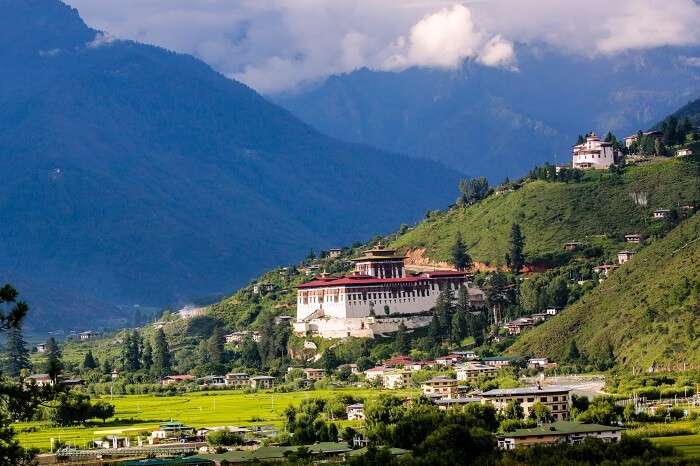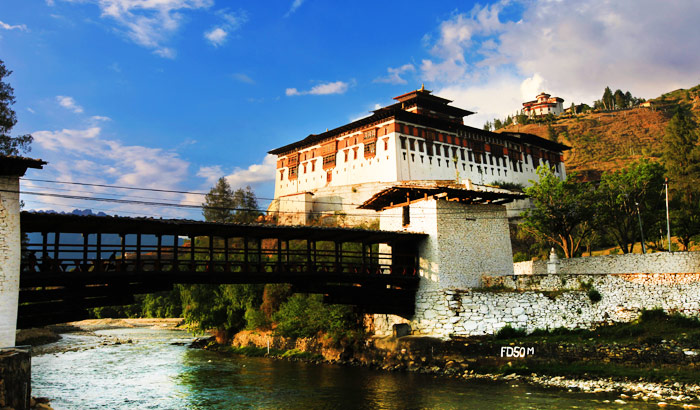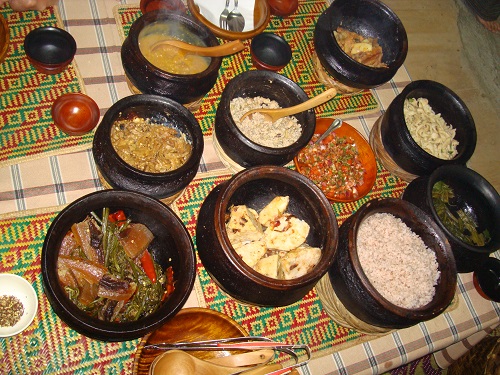Situated on the edge of the forest and wetland along the main road of Phobjikha valley, the black necked crane information centre has an observation room equipped with high power telescope and spotting scopes for catching the best view of the cranes. The centre also offers display information that outline the natural and cultural history of the area. There is a small gift shop, which sells handicrafts produced by a local people.

Source: thebhutanese.bt
A pleasurable walk (around 2 hours) that give a nice feeling for Phobjikha valley. It is the most beautiful and shortest of existing nature trails in Bhutan. From the small hilltop overlooking Gangtey Goemba , head downhill through flower meadows to Semchubara village and from here through beautiful forests and in to the open valley. After passing a chorten and Khewa Lhakhang, the trail ends at the local community school, this involves a 30 minutes walk up to the start of the Town. The Nature Trail can be combined with a visit to Gangtey Goemba and the local school. Gangtey Goemba is a 16th century monastery situated picturesquely at the hilltop at the edge of Gangtey village, making it the landmark structure of Phobjikha valley.

Source: blacktomato.com














